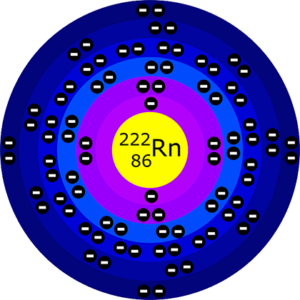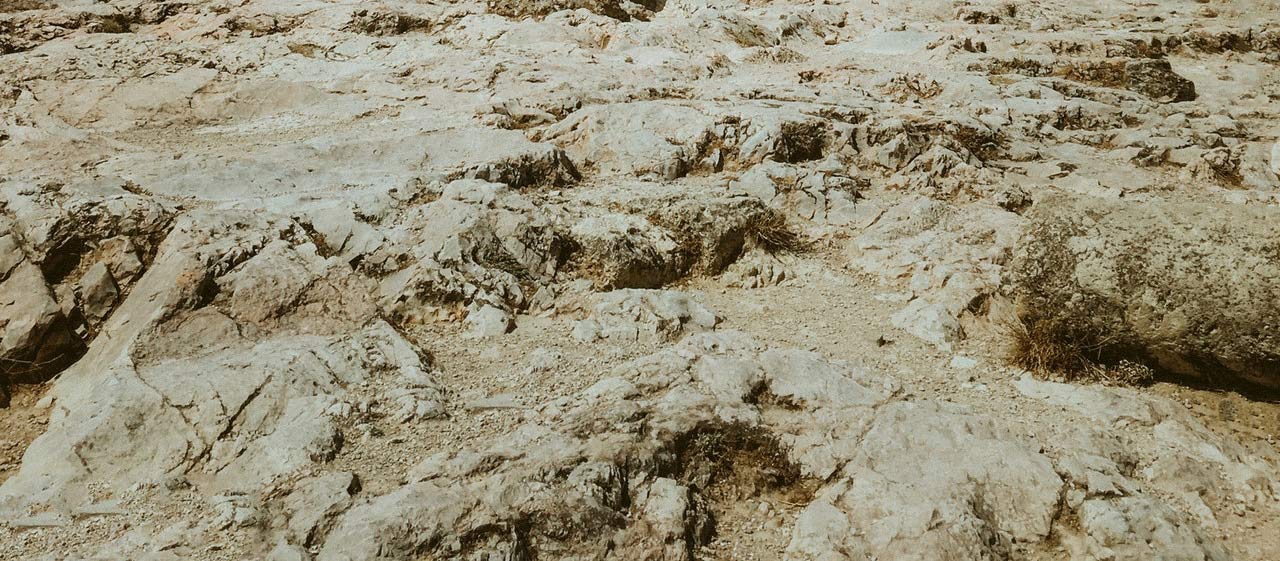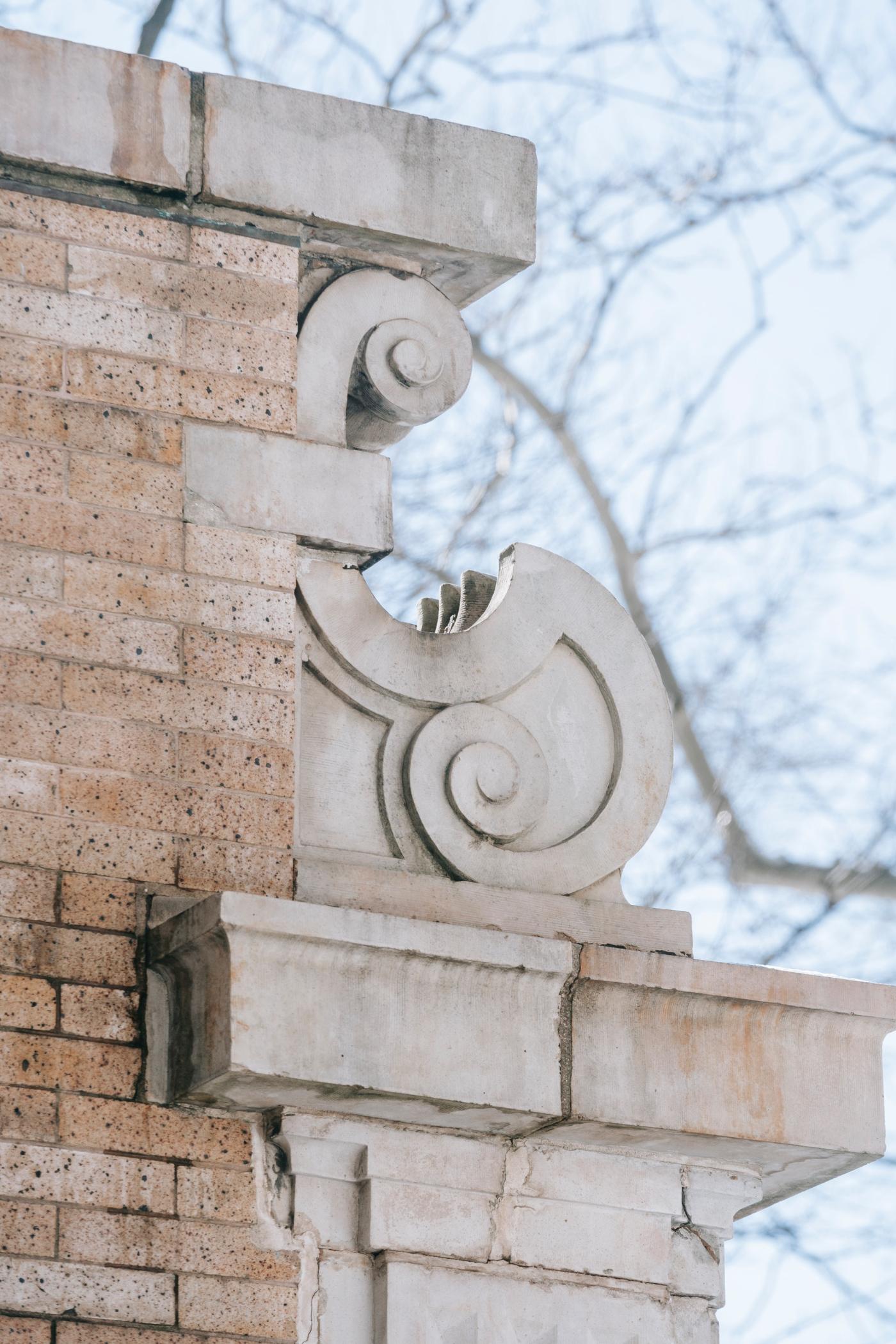Inspection & Radon Gas Testing by Certified Radon Professionals
Radon Testing Kelowna
Our technicians at A Step Above Inspection Services have undergone the latest and most up to date training in radon inspection and testing procedures approved by the leaders in Canadian radon training from Canadian National Radon Proficiency Program (C-NRPP).
We would be happy to offer our expertise and experience in ensuring your home is a safe environment for you and your family.
What is Radon?

Radon is a naturally occurring, odorless, and colorless radioactive gas, formed by the decay of uranium present in soil, rock, and water. It is a significant health hazard when accumulated in high concentrations indoors, increasing the risk of lung cancer, and is a particular concern in regions with high levels of uranium in the ground. Radon is present at different concentrations (depending on the makeup of bedrock or sediment) throughout Canada.
Radon testing gives you an opportunity to make an informed decision about your health before making what may be the biggest financial decision of your life. If radon levels are too high in a home, the health risks are so significant that it becomes a material latent defect. According to the BC Lung Foundation, Canadians spend up to 70% of their time at home, making radon exposure a real risk.
Health Risks of High Indoor Radon Levels
While the health risk from radon exposure is not immediate, the longer you are exposed to high radon levels, the greater the risk.
Lung cancer is one of the worst risks of having elevated levels of radon gas in your home or building. An estimated 16% of lung cancer cases are caused by radon exposure, making it the leading cause of lung cancer amongst non-smokers. The Canadian Cancer Society reports that 3,300 Canadians are killed by radon-related lung cancer every single year.
It’s important to radon test your home with the best equipment possible to get an accurate reading and make an informed decision for your future.
Professional Grade Radon Detectors
While low-cost radon kits can provide excellent readings, they can take from 3 months to a full year to obtain an accurate reading. While you’re waiting for a reading, you may be exposed to harmful levels of radon without knowing it.
Our state-of-the-art radon equipment provides accurate results in as little as 3 days.
Our Radon Detector Kit: Corentium Pro
A Step Above Inspection Services utilizes the industry-leading Corentium Pro detecting equipment, which is C-NRPP and NRSB certified for North America. Corentium Pro samples indoor air through a passive diffusion chamber, using alpha spectrometry to precisely measure radon levels in your home.
Silicon photodiodes count and measure the energy of alpha particles resulting from the decay chain of radon gas, then uses an advanced calculation to predict the future radon levels in your home.
Our testing equipment is passive, silent, and non-intrusive – providing you with fast results for the tight time frames required in real estate transactions. To ensure accuracy, radon equipment must be calibrated annually and operated by a radon testing qualified technician.
Schedule A Radon Test With A Step Above Inspections
Tyler Stedham is a licensed radon professional and home inspector serving clients from Kelowna to Penticton. A Step Above Inspections offers free inspection for radon intrusion and entry points with every radon gas test.
With over 150 glowing 5-star Google reviews, we’re one of the top-rated home inspection teams in Kelowna and the Okanagan Valley.

Schedule Radon Testing in Kelowna, Peachland & Penticton
How Radon Enters a Home
Radon typically seeps through the ground and into buildings through cracks in the foundation and/or floor slabs. Radon can also enter through other openings, like unfinished dirt floors, window casements or gaps around service pipes. In cool weather, rising warm air carries radon gas from the soil to the inside of buildings.
Factors like bedrock and soil types, soil moisture level, and seasonal temperature fluctuations also influence indoor radon levels. Concentrations differ greatly across the country, but are usually higher in areas where there is a higher amount of uranium in underlying rock and soil. Health Canada suggests that concentrations above 200 Bq/m³ are considered to be a health problem.
Radon concentration levels will vary from one house to another, even if they are similar designs and next door to each other. No matter the age, type of construction or where your home is located, the only way to be sure of the radon level in your home is to test.


Radon levels are constantly changing – hourly, daily, and seasonal fluctuations are all common. If you have tested multiple times and received back differing results, don’t be too alarmed – this is common! There are many different factors contributing to radon levels, but essentially, changes in the air pressure inside and outside your home affect the radon levels of your home.
Radon gas is a naturally occurring radioactive gas found in the soil. As it is a gas, it is continually seeking a lower air pressure area; basically, moving from the soil to the air. Just like water always tries to find the easiest path downhill, radon tries to find the easiest path out of the soil and into the air. Radon flows faster when there is a bigger difference in pressure between the high-pressure soil and the low pressure air. This principle of pressure differences is the main driving force that causes radon to enter your home, and also causes radon levels to change.
Radon testing performed for real estate transaction are typically between 3 and 7 days in duration. Aiming for 96 hours min of radon testing is best. Running the test for a longer period helps to compensate for any sudden changes in radon levels caused by weather and other factors but may not always be possible. However, the results from the test may still not be a good indication of your normal radon levels, so initial testing should be followed up with long term testing. Minimum of a 3-month test/monitoring is recommended. If readings are over 200 becquerels are recorded it is recommended further testing (12months) and radon mitigation may be advised.
Radon Gas Testing Cost
Fee
A New Standard in Home Inspections
Highest Level of Certifications
Leading Edge Technologies
Exceptional Customer Service